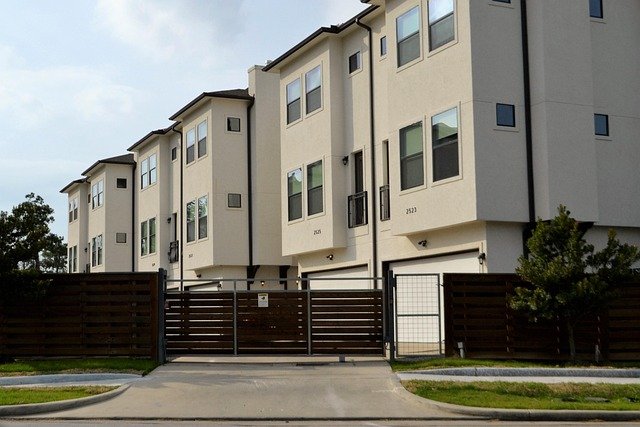Window shading and insulation measures to lower seasonal energy use
This article outlines practical window shading and insulation measures for apartment dwellers, with attention to how these approaches affect rentals, leases and tenancy arrangements. It covers actionable steps for highrise units and neighborhood considerations, plus utility and budgeting impacts for seasonal energy use.

Apartment living presents both constraints and opportunities for reducing seasonal energy use through window shading and insulation. Tenants and landlords can work together to improve comfort and lower utilities without major renovations. This article explains practical shading options, basic insulation upgrades, and how these measures interact with common rental concerns such as deposits, inspections, maintenance responsibilities, and budgeting. It also considers how highrise orientation and neighborhood connectivity (transit and commute patterns) influence glazing choices and occupant behavior.
How can rentals improve shading?
Renters often face limits on what can be changed permanently, but several shading solutions work well within tenancy rules. Removable window films, magnetic or tension-mounted blinds, and external roller shades installed by the building management can reduce solar gain without altering the window frame or risking deposit deductions. In Dubai and similar climates, reflective films and light-colored shades block heat in summer, while thicker curtains add a layer of insulation during cooler months. Discuss potential installations with landlords and note them on inspection records to protect deposits and clarify maintenance responsibilities.
What shading fits different leases?
Lease terms define who pays for and who can install improvements. Short-term leases may favor temporary fixes like cellular shades, blackout curtains, or adhesive insulating strips that can be removed at move-out. Longer leases allow for more substantial investments—such as dual-layer drapes or professionally applied low-emissivity films—if the landlord approves. Include agreements about any changes in writing so inspections at the end of tenancy do not result in disputes over deposits or additional maintenance costs.
Shading strategies for highrise apartments
Highrise units face unique solar exposures depending on floor level and aspect. Upper floors often receive more direct sunlight, increasing cooling demand. External shading—overhangs, balconies, or façade screens—provides the most effective reduction in solar heat gain but typically requires building-level decisions. Interior shading like reflective blinds, insulated drapes, and cellular shades are effective interim measures. Consider how connectivity and orientation affect natural ventilation: units near busy transit corridors may avoid opening windows during peak commute hours to limit dust and noise while relying more on shading and insulation to manage energy use.
Neighborhood and connectivity considerations
Neighborhood characteristics shape shading priorities. Urban areas with dense highrises and good transit reduce commute times but can create canyon effects that alter sun exposure. In areas with strong afternoon sun, south- and west-facing windows benefit most from external shading or reflective films. Where connectivity is limited and residents rely on longer commutes, prioritizing passive cooling and efficient insulation helps reduce dependence on mechanical cooling during evenings. Local services can advise on approved installers for managing window upgrades that comply with building regulations.
Cutting utilities with insulation upgrades
Insulation upgrades for windows and surrounding walls directly reduce utilities costs. Weatherstripping, draft-sealing around frames, and adding thermal curtains or insulated blinds lower heat transfer. For leased apartments, small investments—like door sweeps and foam seals—are low-cost and reversible. Landlords may opt for double glazing or improved seals during regular maintenance cycles; tenants should request such upgrades in writing if higher efficiency is part of the building’s energy strategy. Regular inspections and routine maintenance of seals and shading components preserve performance and reduce long-term energy spend.
Seasonal energy strategies and budgeting
Plan shading and insulation measures around seasonal patterns to balance expenditure and savings. In hot seasons, prioritize reflective external shades and lightweight insulating films; in cooler months, use layered curtains and minimize drafts. Budgeting for a phased approach—starting with low-cost fixes such as magnetic blinds and seals, then moving to more durable solutions—can spread costs across rental cycles. Keep records of invoices and any landlord agreements so deposits and inspections remain straightforward at lease end.
Conclusion
Window shading and insulation offer practical ways to lower seasonal energy use in apartments while respecting lease terms and maintenance expectations. Tenants can implement many reversible, low-cost measures to reduce utilities and improve comfort, and landlords can coordinate building-level upgrades for larger gains. Considering highrise orientation, neighborhood sun patterns, transit-related ventilation choices, and clear agreements about deposits and inspections will help both renters and property managers achieve better energy outcomes without compromising tenancy arrangements.






